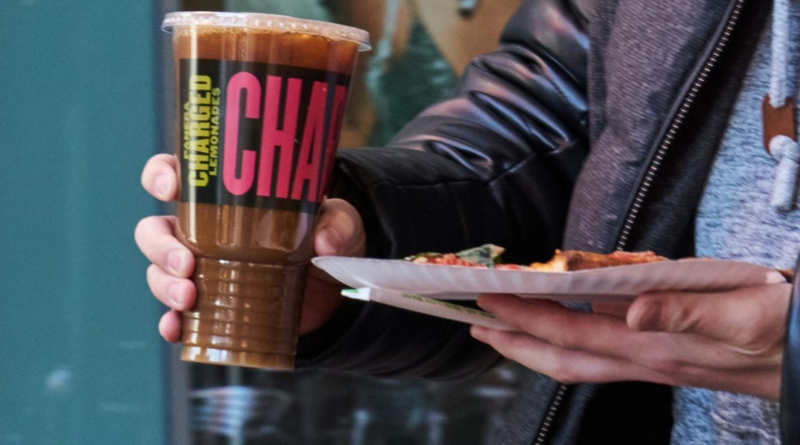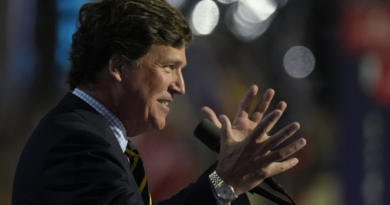Panera is ditching its Charged Lemonade after 2 customers died—but Gen Z is still thirsting for dangerous snacks and drinks
Panera is phasing out its highly caffeinated Charged Sips beverage, such as its Charged Lemonade, after multiple lawsuits alleged the drinks caused health problems and death. The fast-casual chain will introduce a new line of drinks including Blueberry Lavender Lemonade, Pomegranate Hibiscus Tea, Citrus Punch, and a Tropical Green Smoothie as part of a menu overhaul initially announced in February.
“We listened to more than 30,000 guests about what they wanted from Panera, and are focusing next on the broad array of beverages we know our guests desire – ranging from exciting, on-trend flavors, to low sugar and low-caffeine options,” a Panera spokesperson told Fortune in a statement.
A December 2023 wrongful death and negligence lawsuit alleged that Charged Lemonade led to the death of 46-year-old David Brown. The Florida man reportedly drank three of the heavily caffeinated beverages, suffered cardiac arrest on his way home, and died. Per the lawsuit, Brown had a mild intellectual disability, chromosomal deficiency disorder, and other health complications. Two months before, the family of 21-year-old University of Pennsylvania student Sarah Katz, who died after drinking a Charged Lemonade, filed a wrongful death lawsuit. Katz had a heart condition.
The lawsuits said a 30-ounce Charged Lemonade contained 390 milligrams of caffeine, the equivalent of almost five 8.4-ounce cans of Red Bull. The Food and Drug Administration cites 400 milligrams of caffeine a day as “an amount not generally associated with dangerous, negative effects,” but warns that “the risk of caffeine overdose increases as the concentration of caffeine in the product increases, meaning even small dosages of a highly concentrated product could lead to dangerous effects.”
Per a company memo, the company’s new drinks will be kept behind the stores’ counters, Bloomberg reported.
Gen Z keeps guzzling dangerous drinks and snacks
The rise of Panera’s Charged Sips, introduced in 2022 as a part of the company’s beverage subscription program, coincided with skyrocketing popularity of energy drinks among young people.
Celsius energy drinks—which contain 200 milligrams of caffeine per can and have touted their supposed ability to speed up the body’s ability to burn fat—has become a stalwart drink for Gen Z. (The company recommends consumers drink no more than two cans of the product per day.) The brand launched Celsius University in 2022, making 17 college students paid ambassadors of the brand. In 2023, the program grew 10-fold, putting 170 students on the company’s payroll. On Tuesday, Celsius reported a 37% year over year increase in revenue for its first quarter.
Like Panera’s Charged Sips, some popular energy drinks have raised eyebrows over the levels of caffeine they contain. Influencer Logan Paul’s Prime Hydration, once a favorite drink of Gen Alpha, was sued last month for allegedly containing more caffeine than the 200 milligrams on the cans’ labels.
But young people’s proclivity toward heart-thumping drinks extends beyond caffeine. Just look at the Everclear challenge introduced on TikTok last month, where participants attempt to down a shot of the 190-proof, or 95% alcohol, spirit without making a face.
But the generation’s thirst for danger has sometimes yielded fatal results. In September, Hershey subsidiary Paqui discontinued its popular “One Chip Challenge”—a tortilla chip containing Carolina Reaper and Naga Viper peppers 250 times spicier than jalapeno peppers—after an investigation into a Massachusetts teenager’s death, which the family of the deceased 14-year-old said was the result of eating the chip. Several other young people were hospitalized after eating the chip, and the product was banned from schools. The chip’s label had a warning saying the product was only for adult consumption.
“We have seen an increase in teens and other individuals not heeding these warnings,” Hershey said. “As a result, while the product continues to adhere to food safety standards, out of abundance of caution, we are actively working with retailers to remove the product from shelves.”
Elisa Trucco, associate professor of psychology at Florida International University, told Fortune last September that social media has spurred more of these dangerous challenges.
“You see a lot of ‘likes’ or comments (indicating) social status or popularity from these challenges,” she said. “But you don’t see a lot of the negative consequences—like the trips to the E.R. or other injuries.”
These challenges can be dangerous and—in the instances of lawsuits tied to them—a liability for companies, but they may persist because they represent a viral marketing opportunity for brands looking to win over young consumers, Trucco said.
“There’s a reason why these challenges are appealing,” she said. “This type of marketing sells.”




